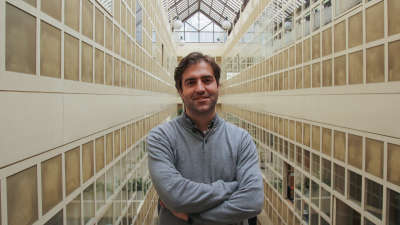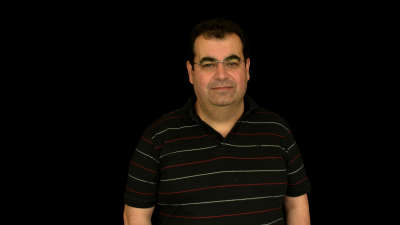On chip whispering gallery mode optical microcavities for emerging microcontaminant determination in waters
Water pollution is a severe worldwide problem that urgently requires development of novel sensing concepts allowing for monitoring contaminants at very low concentrations.The ambitious aim of the SAFE WATER project is to design, implement and validate a new portable optical instrument, for in situ and multiplexing detection and determination of several emerging microcontaminants (EMCs) like estrogens, pharmaceuticals, drugs and new generation pesticides which represent contaminants that have recently joined the European Union (EU) watching list on the monitoring of water quality. The heart and the novelty of such proposed prototype consist in the use of special hollow – core whispering gallery modes (WGM) microcavities – named optical microbubble resonators (OMBRs) for their particular geometry – able to show a high value for their quality factor Q (> 10^7, in air) and, consequently, guarantee high sensitivity and extremely low threshold for the limit of detection LOD (down to pg/L). For the selective recognition of different pollutants, the inner surface of these microresonators will be coated with films of molecularly imprinted polymers (MIPs) or functionalized with specific antibodies. The basic modules of the platform will include (i) a WGM microbubble resonator array integrated on one silicon chip as the optical sensing element capable of multiplexed pollutant determination, (ii) the microfluidic circuit, in which the liquid pollutant sample is initially mixed with the reagents required, and then directed to the integrated chip for optical determination, and (iii) the optoelectronic system for the interrogation of the WGM array and the data acquisition. Finally, these modules will be fully integrated in the prototype, which will be used for the determination of contaminants in water samples.





